How to deal with whitefly on cucumbers?
Whitefly is a frequent visitor to greenhouses, especially on cucumbers, and not every gardener knows how to get rid of it. The peculiarities of the development of this dangerous insect complicate the destruction of the population, but there are still effective methods.
Description of the insect, development cycle
Whitefly belongs to small insect pests that feed on plant juices. It is a tiny butterfly with whitish wings that fold on the back like a tile. Whitefly species are recognized as serious agricultural pests in many countries.
An adult (imago) is capable of independent movement, the body length does not exceed two millimeters. The female whitefly is capable of laying about a hundred eggs in a short life span of 2-3 weeks on average. A larva emerges from the egg, which goes through 4 phases of the life cycle.
The clutch is located on the underside of the leaf; adults and larvae also live there. This feature makes it difficult to remove the pest from the greenhouse.
An insect that goes through the first three phases of development is called a nymph - they are especially resistant to chemical means of protection and cause serious damage to greenhouse plantings. Nymphs look like tiny yellowish scales with a pair of red eyes, their body is covered with thorns. Having passed into the fourth phase of the life cycle, the larva gains the ability to move. After a while, she turns into an adult, immediately capable of reproduction. Most of the eggs in the clutch turn into females, capable of reproducing up to 12 generations per year. That is, it will be very difficult to eradicate whitefly in a heated greenhouse due to the cyclical nature of the appearance of new generations. The insect passes all five stages of development in 3-4 weeks.
Danger to plants
In the process of photosynthesis, all plants receive nutrition through the leaf surface. This is possible due to the presence of a green pigment - chlorophyll. Whiteflies damage plant tissues by sucking out juices, intercellular fluid rich in amino acids. The puncture sites look like tiny dots - over time, the tissue around them will become dead and turn yellow or brown. The amount of pigment will decrease, the ability to photosynthesize will be significantly reduced. The plant will begin to suffer from lack of nutrition, gradually dying. Plant viruses can easily penetrate through tiny punctures, which rapidly develop in a greenhouse.
But there is another danger - sooty fungus. Spores develop on the sweetish secretions of whiteflies - honeydew, or honeydew. The sooty fungus clogs the pores of the leaf plate, interferes with the process of photosynthesis and respiration. The fungus under favorable conditions spreads rapidly, affecting the plant organism. Gardeners have to fight not only with insects at all stages of development, but also with a fungal infection.
Signs of damage to cucumbers
The greenhouse microclimate is ideal for the development of whitefly offspring. For active reproduction, the pest needs a temperature background above 22⁰C and humidity from 70%. Such conditions contribute to the acceleration of the development process of individuals.
The following signs indicate a whitefly attack on greenhouse cucumbers:
- curling or kinking of the hardwood;
- deformation of new shoots and foliage;
- the appearance of dotted spots of yellow or brown color;
- years of tiny butterflies;
- the presence of larvae on the underside of the leaf;
- sticky insect secretions on foliage.
The last stage of the lesion includes the appearance of necrotic areas on the leaves and fruits, a sooty fungus joins.
Advice
If the conditions of existence of the pest are slightly changed, the reproduction rate will slow down significantly. It is enough to periodically ventilate the greenhouse so that the female whitefly stops actively laying new lots of eggs.
Pest control methods
Having discovered signs of the presence of a pest in the greenhouse, gardeners are trying to get rid of the whitefly on cucumbers. For this, the following methods are used:
- mechanical destruction;
- folk methods based on scaring off whiteflies;
- making various traps;
- attracting natural enemies of the insect;
- the use of chemicals - insecticides.
The pest affects many plants, but the favorite food is cucumbers, tomatoes, peppers. As for the extermination of the whitefly population specifically on cucumbers, the use of chemistry is complicated by the short growing season of the crop.
Mechanical method of destruction
Mechanical destruction of whiteflies is reduced to washing each cucumber leaf with a solution of laundry soap. To prepare it, you need to grate a bar of soap on a fine grater and dissolve in a ten-liter bucket of water. When all the pieces are dissolved, it is advisable to strain the liquid. The resulting solution is used for spraying and wiping the leaves. Just soak a sponge in it and run along the inside of the sheet. At the same time, butterflies and larvae sitting on a leaf will fall into the affected area. Unfortunately, this method of destruction helps well only at the initial stage of the appearance of whiteflies.
The soapy solution creates an alkaline environment that prevents fungi from growing. Rubbing the deciduous mass with soapy water will wash away pests, egg clutches and soot fungus, and resume cellular respiration.
Advice
The modern chemical industry produces a special preparation - Green Soap. The product is positioned as a contact insecticide, safe for plants, the environment and humans.
Making a trap
The trap also refers to the mechanical extermination of the whitefly. These can be purchased at a garden center or hardware store. Fly tape will do.
You can make a trap yourself. For this you will need:
- petrolatum;
- a sheet of cardboard, plastic or plywood;
- Castor oil;
- rosin;
- gloves;
- paint in blue or yellow.
First paint the cardboard (plywood) base with yellow or blue paint. These colors are especially attractive to whiteflies. Once the paint is dry, you can start creating a sticky base. Mix equal parts of petroleum jelly, rosin and castor oil, melt the mixture in a water bath. When the mass has cooled, apply it to the prepared base. It remains only to attach a mount on the back of the traps and hang them in the greenhouse in 0.5-1 m increments.
When the surface of the trap becomes full of stuck insects, simply rinse off the composition with water and apply a new batch. So you can catch up to 80% of adults. This will significantly reduce the population size, because the females will not lay eggs. You do not have to prepare a mixture to lubricate the surface of the trap, but buy a special entomological glue.
Advice
Illumination will increase the attractiveness of the trap. Whiteflies will rush to the light source.
You can also make a night trap based on an ordinary box.
- Drill holes in the sides of the box.
- Color the 40 W light bulb bright yellow.
- Install the bulb holder inside the box.
- Place a shallow container of water under the lamp.
Adult whiteflies flock to the bright yellow light. They make their way into the trap through holes, burn themselves against the lamp and die, falling into the water.
Proven folk methods
You can also fight the whitefly with time-tested folk methods. Most often, gardeners resort to spraying cucumbers with garlic infusion. The fragrant spice is not to the liking of many pests, and the phytoncide allicin perfectly fights against fungal infections.
- Peel a large head of garlic, chop the cloves with a knife or grater.
- Place the cake in a half liter jar.
- Fill with water at room temperature.
- Insist in a dark place for 5-7 days.
Strain the finished solution. A one-liter jar will require a teaspoon of infusion. Spray the cucumbers thoroughly, trying to hit the bottom of the leaves. To do this, it is convenient to pour the solution into a spray bottle.
You can make an infusion of dandelion or yarrow, they also effectively expel whiteflies. In the first case, take dandelion rhizomes and leaves (40 g each), in the second - 80 g of yarrow leaves. Chopped grass is poured with a liter of water, infused for 2 days. The filtered infusion is used to spray the deciduous mass of infected plants.
Advice
Plant tansy from the ends of the greenhouse. The scent of the grass will drive the insect away.
Biological methods of exterminating the population
The biological fight against whiteflies is reduced to attracting their natural enemies - lacewings, ladybirds. To lure these beneficial insects, plant dill or kupyr (chervil) in the greenhouse. Fragrant herbs will attract ladybirds, but it is better to plant these plants at the beginning of the season, then the insects will exterminate the pest before it causes serious damage to the cucumbers.
Another enemy of the whitefly is encarsia. Tiny wasp wasps seek out the pest larva and use it to raise their own offspring, while the larvae die. Test tubes with entomophage pupae can be bought in garden centers, the price is relatively low, but the tool works flawlessly. The greenhouse has 3-5 pupae per square meter of area. It is impossible to treat plantings with chemicals before and after the appearance of the entomophage. The method also has a drawback - it is not so easy to find encarzia on sale.
Chemical treatment
Insecticide treatment is the last measure in the fight against whitefly. If tomatoes and peppers develop for a long time, then the cucumbers are ready to return the harvest in 50 days. This greatly complicates the chemical fight: chemicals will be deposited in the fruit and can harm human health.
Advice
During the appearance of ovaries and the formation of fruits, spraying is strictly prohibited.
Chemicals are useless to kill nymphs and insect eggs. They affect only adult flying individuals and larvae.
Experienced gardeners recommend using the following drugs against whitefly:
- "Aktara";
- Actellik;
- "Pegasus";
- "Confidor";
- "Verticillin";
- "Cypermethrin";
- "Permethrin";
- Mospilan;
- Malathion;
- "Neudosan";
- Biotlin.
Each substance is diluted strictly in accordance with the instructions for use. Spraying is carried out only in personal protective equipment - glasses, respirator, gloves, special clothing. For effective adhesion of the working solution to the leaves, you can add 20-30 g of laundry soap. There is also an insecticide in the form of an aerosol - KRA DEO SUPER, which will help to exterminate the insect in a relatively small area.
Experienced gardeners recommend changing the insecticide every season, as whiteflies become resistant to chemistry. Sometimes it is required to carry out several treatments at a certain interval in order to extinguish the reproduction of the pest.
Preventive measures
You should not celebrate the victory over the pest early, because at the end of the season, whitefly larvae can overwinter in a heated greenhouse or in not cold enough weather.
In order not to find a new population of whiteflies in the greenhouse next season, reorganize in autumn and spring.
- Collect all plant residues, burn away from the site.
- Dig deep into the soil. You can completely remove 20 cm of soil and replace with fresh substrate.
- It is best to remove the cover from the greenhouse frame for the winter, then the frost will penetrate deep into the soil and destroy the larvae.
- With the arrival of spring, thoroughly disinfect the greenhouse - wash the structure and glass with a solution of bleach. Do not forget to process all gardening equipment as well.
- Alternatively, use a sulfur stick. Keep the room closed for 3 days, and then wash thoroughly.
- Even if you changed the soil, water it in the spring with a solution of copper sulfate.
- Follow agrotechnical rules, do not neglect weeding.
Whitefly is a serious enemy, but you can find justice for it. Use the methods listed in the article to eradicate the pest, follow agricultural practices. To deceive a tiny butterfly, change the methods of struggle more often, then the crop will not be in danger of complete loss.
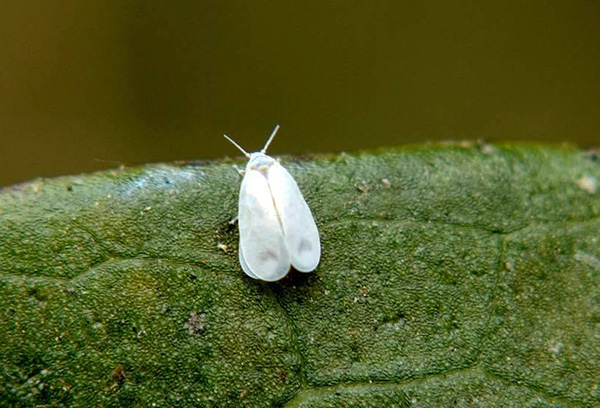
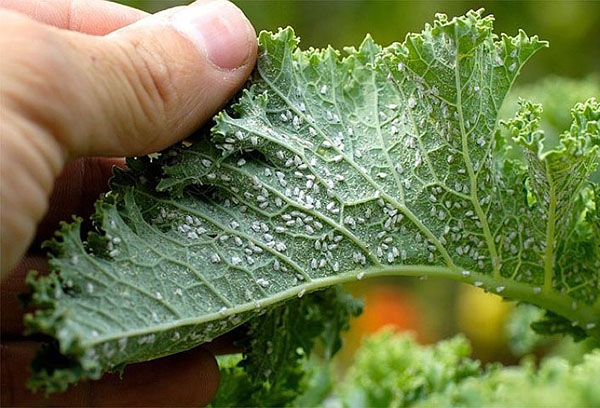
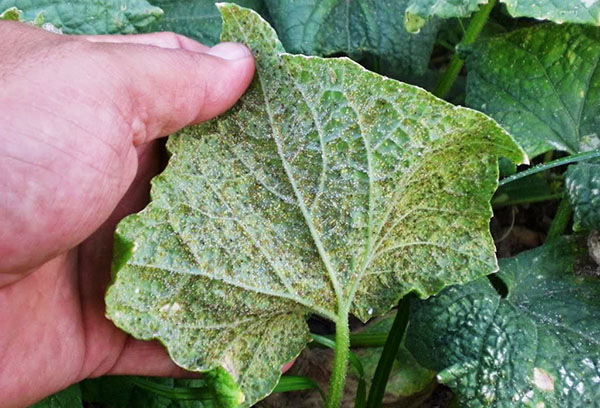

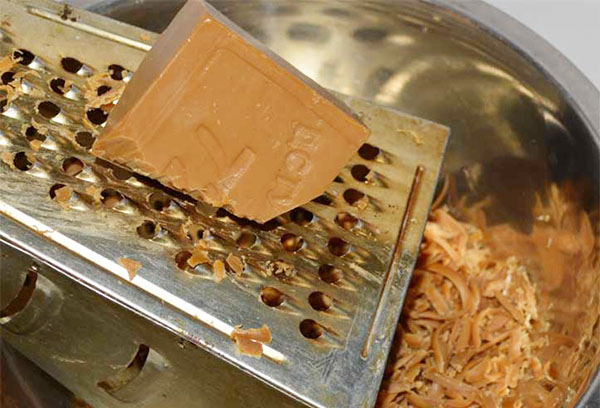
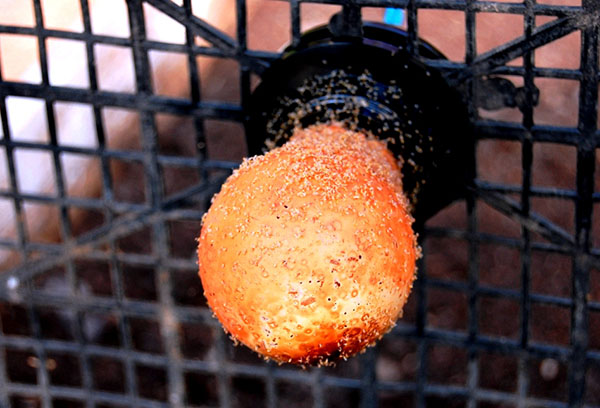
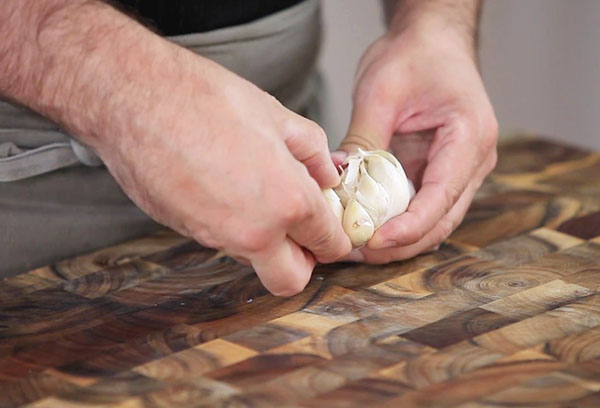
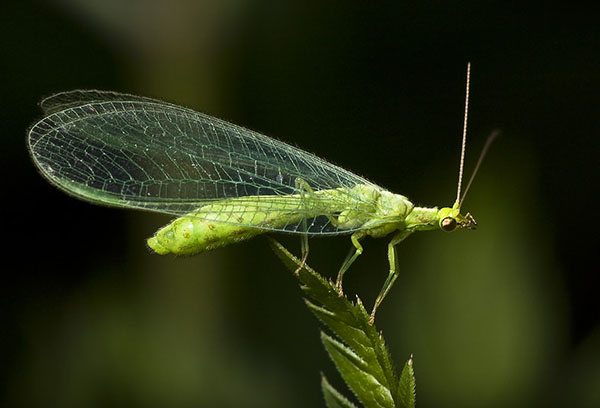
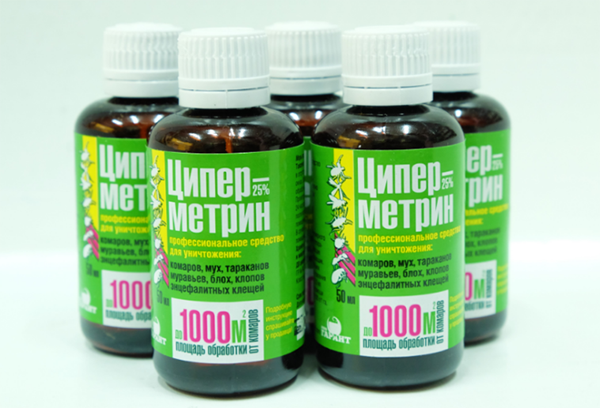
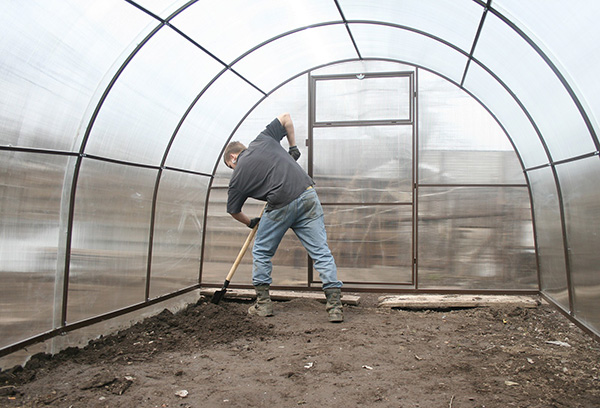

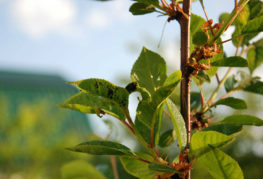
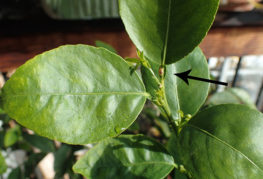
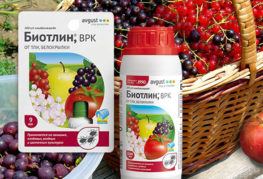
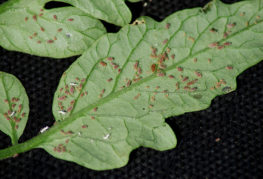
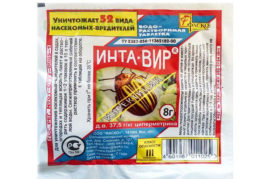
and will be published shortly.